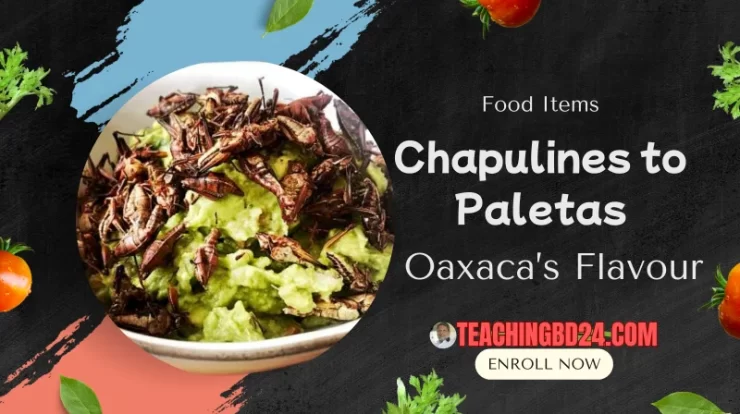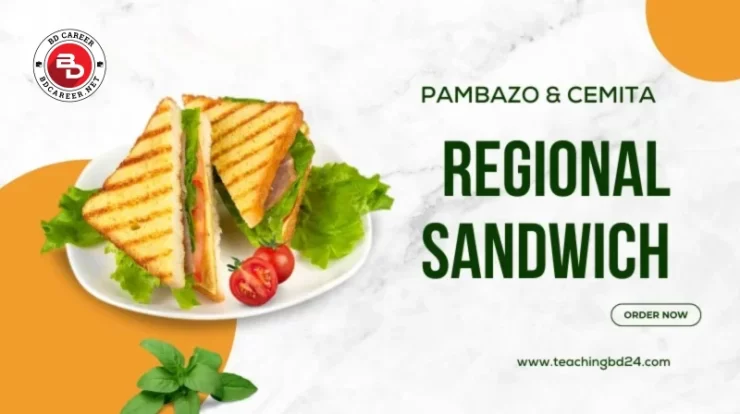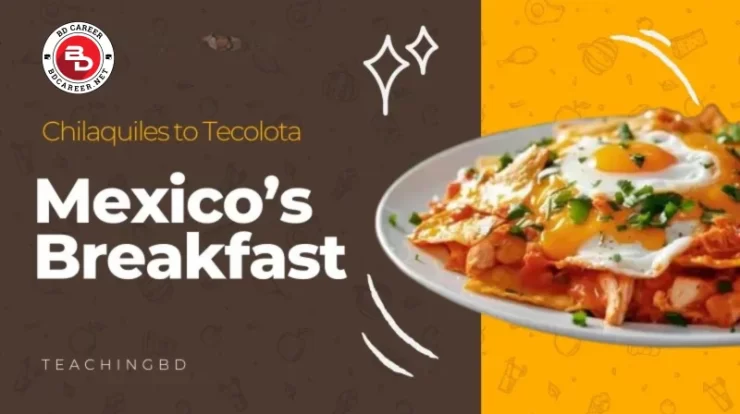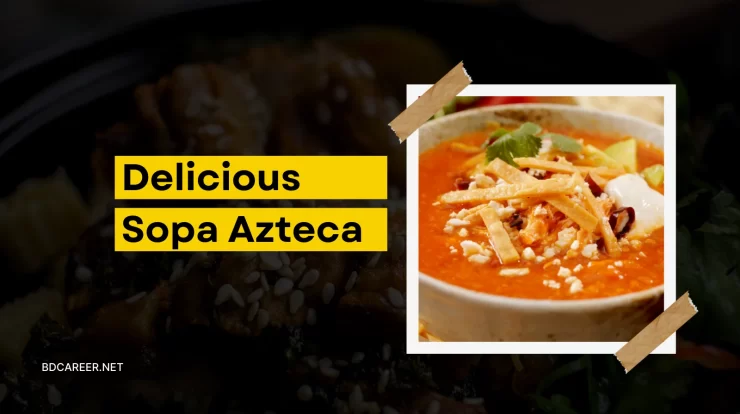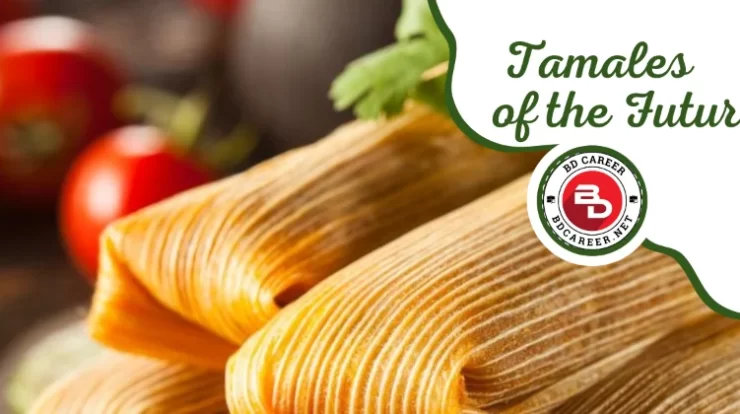
Tamales have long been a cherished culinary tradition, rooted in rich cultural heritage and ancient practices. As the world evolves with advancing technology and shifting tastes, these iconic treats are also undergoing a transformation. “Tamales of the Future” explores how innovation is reshaping this beloved dish, blending time-honoured recipes with modern techniques and sustainable ingredients. From plant-based fillings to eco-friendly packaging, the future of tamales promises to honour tradition while embracing creativity and environmental responsibility. This article delves into the exciting fusion of past and future, revealing how tamales continue to adapt and inspire in a rapidly changing world.
Contents
Reinventing the Masa – New Bases for New Tastes
The core of every tamal is the masa, which is often a dough produced from nixtamalized corn combined with vegetable shortening or lard. Today, however, this crucial element is being rethought to accommodate changing tastes and inventive cooking. In order to add a nutty flavour and vivid colour to enhance the masa, artisan chefs are combining quinoa with heirloom blue maize. Additives like amaranth or chia seeds are becoming more and more popular as ways to increase nutrients without compromising texture. The increasing desire for healthier options is also met by whole-grain and gluten-free masa possibilities.
Masa is now a dynamic flavour contributor in addition to being nutritious. Dessert tamales are enhanced by spices like cinnamon, nutmeg, and vanilla, which transform the dough into a fragrant treat. Herb-infused savoury varieties, such as those made with basil or cilantro, provide delicate, aromatic layers that go well with creative fillings. To put it briefly, masa has evolved from a basic wrapper to an essential component of the flavour of the tamal.

Sweet Tamales – Desserts Wrapped in History
Dessert tamales are not wholly new. They have long been prepared in numerous areas, frequently with fruit, raisins, or piloncillo (raw cane sugar). However, as elegant sweets, they are increasingly taking centre stage.
Imagine eating into a strawberry-and-cream tamal with a fine masa that tastes like shortcake or a chocolate tamal with a thin layer of caramelised salt and dark cocoa. While chai-spiced tamales with cardamom, cinnamon, and black tea are gaining popularity among tea enthusiasts, pineapple-coconut tamales have become a brunch favourite in several hip urban cafés.
Matcha tamales with a white chocolate drizzle on top, or dulce de leche and espresso pairings that elevate a basic steamed delight to a café dessert course, are examples of how fusion is inspiring creativity. Presentation is very important. In upscale dining establishments, tamales are served unwrapped and plated with fruit reductions, sauces, or edible flowers. These days, food festivals provide sampler flights of bite-sized dessert tamales, enticing patrons to try multiple in one sitting. They are frequently served with wine, coffee, or hot chocolate.
In a culinary world obsessed with both nostalgia and novelty, sweet tamales check both boxes.
Savoury Tamales – Beyond Pork and Chicken
The savoury tamal scene has historically been dominated by chicken and pork, frequently served with red or green chile sauces. However, creativity is rewriting that rule, allowing for a wider variety of flavours while still respecting the tamal’s robust foundation.
In coastal areas, smoked fish tamales are becoming more and more popular. They add a salty edge that goes well with salsas that are citrussy. Long a source of pride for the area, mole varieties are becoming more popular, such as tamales made with Oaxacan black mole or Puebla’s mole de cacahuate, which is made with peanuts. Even barbecue-style fillings, such as pulled pork coated in smoky chipotle or slow-cooked brisket, provide a broad appeal to the Southern United States.
Globally, chefs are experimenting with a variety of tamales, including Indian-style ones with paneer, curried lentils, or spicy eggplant, Korean-style tamales with bulgogi meat and kimchi, and Mediterranean-style tamales with olive, feta, and roasted red pepper.
In a playful homage to modernist cooking, some cooks are experimenting with texture by adding sauces to the centre for a “burst” effect, crisping tamales after steaming for a crispy edge, or layering contents in strata so each mouthful changes.
As a result, a food category that is still identifiable at first bite but is no longer limited to a single flavour characteristic.

The Rise of Vegan & Sustainable Tamales
Creating food that welcomes everyone to the table is a concept that is dominating modern dining. That trend is being led by vegan tamales.
Fillings could be made using lentil-based picadillo that simulates the richness of traditional meat fillings, earthy mushrooms sautéed with onions and chillies, or jackfruit (for a pulled-meat texture) in place of pig or chicken. Smoky tempeh, spicy roasted cauliflower, and chickpea chorizo have all been incorporated.
Sustainability is also important. Some chefs establish kitchens dedicated to zero-waste methods, employ compostable husks or banana leaves, or prioritise organic maize. Others view vegan tamales as a means of preserving traditional identity while adjusting to contemporary ethical or environmental ideals, serving as a link between heritage and health.
These tamales are a revelation to many diners, not a compromise.
Tamales in the Modern Culinary Scene
The future of tamales is about where, how, and why we consume them, not just about the flavours.
Younger, trend-conscious audiences are being introduced to tamales again by food trucks and pop-up kitchens. They are being plated like artwork in upscale restaurants and served with mezcal tastings or wine flights. With sous-vide techniques for incredibly consistent texture and flavour or frozen, ready-to-steam gourmet tamales for time-pressed professionals, experimental kitchens are pushing the envelope even farther.
Even technology has an impact. Rapid steamers, which reduce cooking time without compromising moisture content, are now used in commercial kitchens. On the other hand, social media transforms tamales into viral moments, time-lapse movies of assembly lines, cross-sectional photos that show layers of colour and filling, and touching tales of families fusing tradition with business.
In many respects, tamales have evolved into a culinary dialogue: a dish with a strong local heritage that is now appealing to a worldwide audience without sacrificing its essence.
Challenges & Controversies
Innovation is rarely neutral. As tamales evolve, so do the debates.
Some argue that high-end interpretations risk alienating the communities that built tamal culture in the first place. A $12 truffle-oil tamal may taste amazing, but does it belong in a food that has historically symbolised togetherness and accessibility? Others worry that rapid adaptation may lead to cultural dilution, that once a dish becomes fully “globalised,” its original meaning and methods can fade into novelty rather than reverence.

Pricing is another concern. Mass-produced gourmet tamales often cost significantly more, creating a gap between tradition and trend. Balancing authenticity, innovation, and accessibility is tricky but essential if tamales are to remain both culturally significant and creatively vibrant.
Ultimately, the question isn’t whether tamales should change (they always have). It’s about ensuring that evolution strengthens the identity of the dish rather than erases it.
In addition, our website features a wide selection of nixtamalized tortillas, Mexican Pudding, and other food items. If you would like to explore more reviews beyond these, we invite you to visit.
Conclusion
As tamales develop, they demonstrate that innovation and tradition can coexist. By experimenting with novel ingredients, flavours, and sustainable methods, chefs and foodies are pushing the envelope while honouring the history of this well-loved meal. With its intriguing flavours that appeal to contemporary ideals of creativity, health, and environmental preservation, the tamal’s future appears bright. Tamales continue to unite people by fusing traditional recipes with modern concepts, bridging the past and present with each seductive mouthful. In the end, these changing tamales serve as a reminder that respecting tradition does not entail stagnation but rather expansion, adaptation, and celebration of the limitless potential of delicious cuisine.
